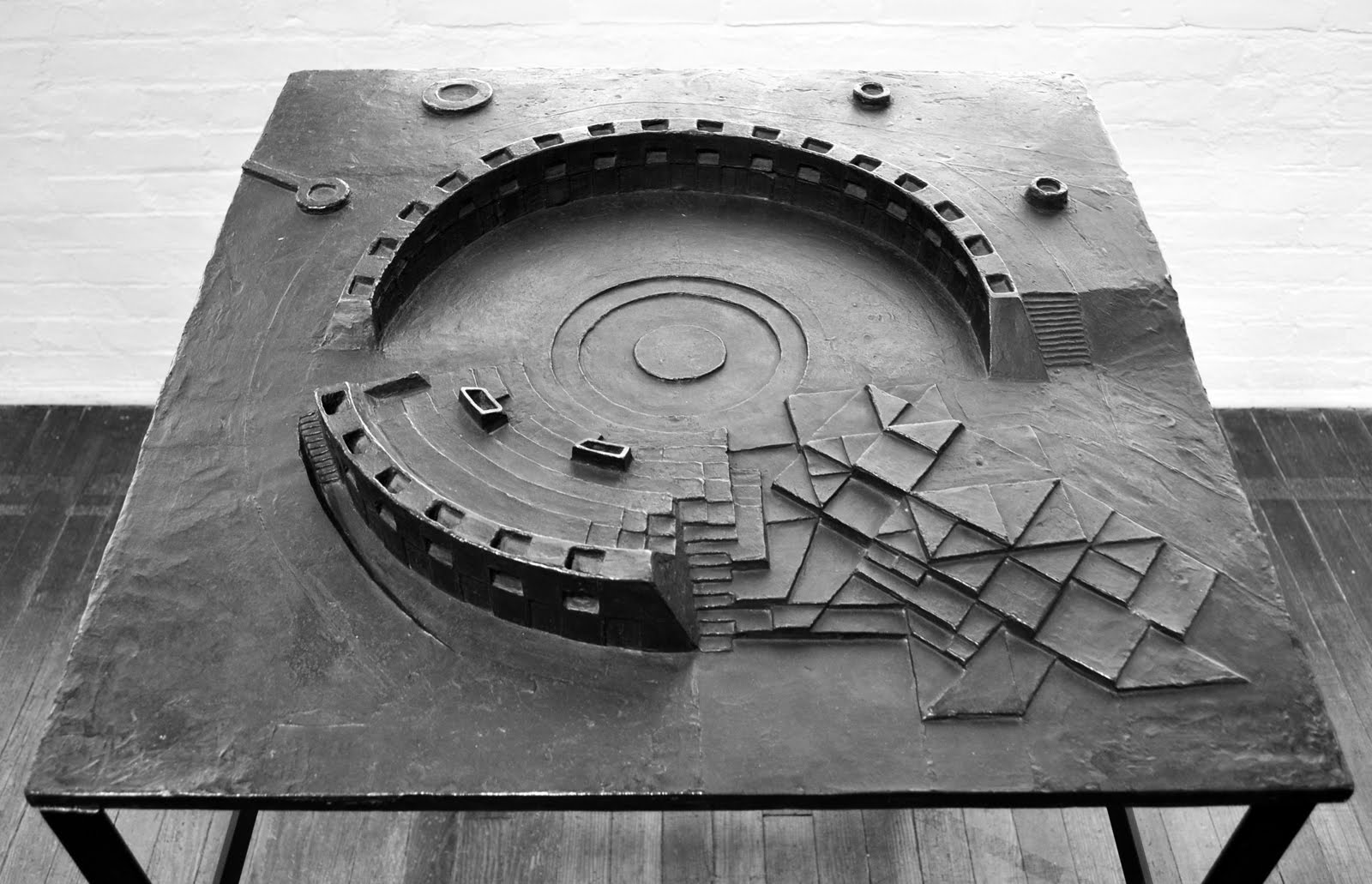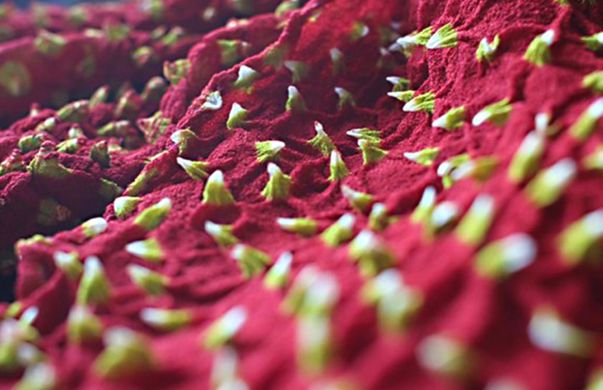Abstract Playground
Abstract Playground, as the name suggests, is an exploration into fun, surrealism, humour and colour through a coded projection-mapping piece.
produced by: Ankita Anand
This projection-mapped generative piece is produced in response to surrealism, humour and playfulness. The structure was derived from an idea of a city or an urban environment and what it could mean to be ‘living with buildings’. We were inspired by Isamu Noguchi, who was a Japanese American artist and landscape architect from the 1920s. His designs are playful and refreshing, he didn’t belong to any movement but he collaborated with artists from various disciplines. I found his use of cubes, irregular shapes and circles fascinating - they were all eccentric yet looked harmonious together. Our resulting shape hence was an abstract playground with shapes much like what you would find in the game Tetris.
Whilst I was working on the code for this project, I was in India, the environment and colours have especially influenced my work for this project. I also visited handicraft looms and the textile patterns was something I wished to recreate through my code. A type of traditional dying process called ‘Bandhani’ is something I was particularly inspired by - with its vibrant colours and patterns. I picked four main colours which I would use throughout my work : yellow, blue, orange and green. I wanted to pick colours that were least ‘computational’ as often what you would see in projection mapping generative works is black, red and psychedelic colours. I wanted to retain the playfulness of the structure without making it look too ‘digitalised’ hence I abstained from using the colour black in my work.
My first starting point was blocks of colour and to my ability I started thinking of various scenes and transitions. There was a discrepancy in what I wanted to do and what I could technically achieve in the frame of time. I took inspiration from a couple of classes from first term - which I thought could transform into the textiles I was looking at. In my process of coding I was more excited by the unexpected results that the program could give you rather than something which turned out to be exactly what I had in mind. It was this balance between the human input and the machine’s capability of error and unpredictability that resulted in many interesting patterns. I took further coding inspiration from OpenProcessing, particularly from two sketches - ‘City’ by Shradhan Kumar and ‘Rectangles’ by Jerome Herr.
The practicality of building the structure in real-life was fairly straightforward with white foam boards. We had to make sure it was stable and mapping individual scenes along with faces was time consuming. Looking back at my code I would make less scenes and make the work more generative on its own. I would also like to work on my transitions and ability to code from scratch to further develop algorithmic way of thinking. The pop-up show proved to be a great success and learning curve as it was challenging to put your work out to the public and receive real time feedback. Overall I am proud of what I , and everyone else, achieved with just 2 months of coding. In the future I can see my skills in projection mapping to extend into live performances or installation pieces. I wish to look back at this project with playful, happy and surreal feelings.
References
https://www.noguchi.org/noguchi


































































